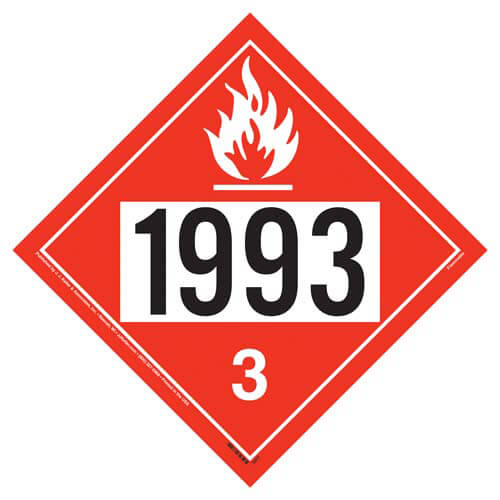Planning P
DOE Policy that sets forth requirements for Emergency Management
What is DOE 151.1E?
The 4 steps in using a fire extinguisher.
What is PASS?
Pull: Pull the pin
Aim: Point the extinguisher's nozzle at the base of the fire from a safe distance
Squeeze: Squeeze the handle or lever to release the extinguishing agent
The two introductory course for ICS.
What are ICS 100 and 200?
The meeting held by the Ops Chief to define work assignments.
What is the Tactics Meeting?
The three main types of fire detectors.
What are?
1. Photoelectric smoke detector: Uses a light beam to detect smoke, and is good for smoldering fires
2. Ionization smoke detector: Uses a radioactive material to create a constant current between two plates, and is good for flaming fires
3. Heat alarm: Detects a rapid increase in temperature caused by a fire, and is good for areas with frequent smoke or steam, like kitchens
Areas around a facility where plans are in place to protect people and the environment in the event of an emergency.
What is an Emergency Protective Zone (EPZ)?
Fire requires these 3 elements.
What are heat, fuel, and oxygen. The Fire Triangle.
This is where Information is coordinated and provided to the public.
What is the Joint Information Center (JIC)?
The Incident Brief is also known at this.
What is the ICS-201?
When temperatures reach 135°F to 170°F (57°C to 77°C), this activates.
What is a fire suppression system/fire sprinkler system?
This policy guides all levels of government, nongovernmental organizations and the private sector to work together to prevent, protect against, mitigate, respond to and recover from incidents.
What is the National Incident Management System (NIMS)?
What is the Level of Containment?
These positions are created when Chief requires next-level down functions to be organized.
What are Branch Directors?
The time frame for conducting response operations is known as this.
What is the Operational Period?
Chemicals that spontaneously evolve oxygen at room temperature or with slight heating or promote combustion.
What is an oxidizer?
A process of identifying and analyzing potential hazards that could occur within a facility or area, allowing for the development of appropriate emergency response plans by evaluating the potential consequences of these hazards, such as injuries, property damage, or environmental contamination.
What is an Emergency Planning Hazards Assessment" (EPHA)?
A controlled fire set by firefighters to slow down or stop the spread of a wildfire.
What is a backfire? (or Backburning or Blacklining)
The role that directs the function and is responsible for conducting and managing the response activities at the emergency scene.
What is Incident Command?
Serves as a final review and approval of operational plans and resource assignments developed during and after the Tactics Meeting.
What is the Planning Meeting?
 What 3 things does this placard indicate?
What 3 things does this placard indicate?
Flammable Liquid (Hazard Class 3) & Likely Diesel fuel.
What are the 3 guiding principles of the National Incident Management System (NIMS)?
Flexibility: NIMS is flexible and can adapt to different situations.
Standardization: NIMS uses standardized processes and systems.
Unity of effort: NIMS encourages people to work together to achieve a common goal.
What are the 3 modes used by responding fire personnel when approaching a fire?
Investigating, Fast Attack, or Command.
4 Common features of ICS.
Management by Objectives, Incident Action Planning, Common Terminology, Integrated Communication.
Multiagency coordination process that allows all levels of government and all disciplines to work together more efficiently and effectively. Often initiated when there are multiple jurisdictions, multiple agencies and possibly multiple events.
What is a MAC Group?
Best method for extinguishing a chemical fire?
Class B fire extinguishers, which use a foam extinguishing agent or compressed carbon dioxide (CO2).